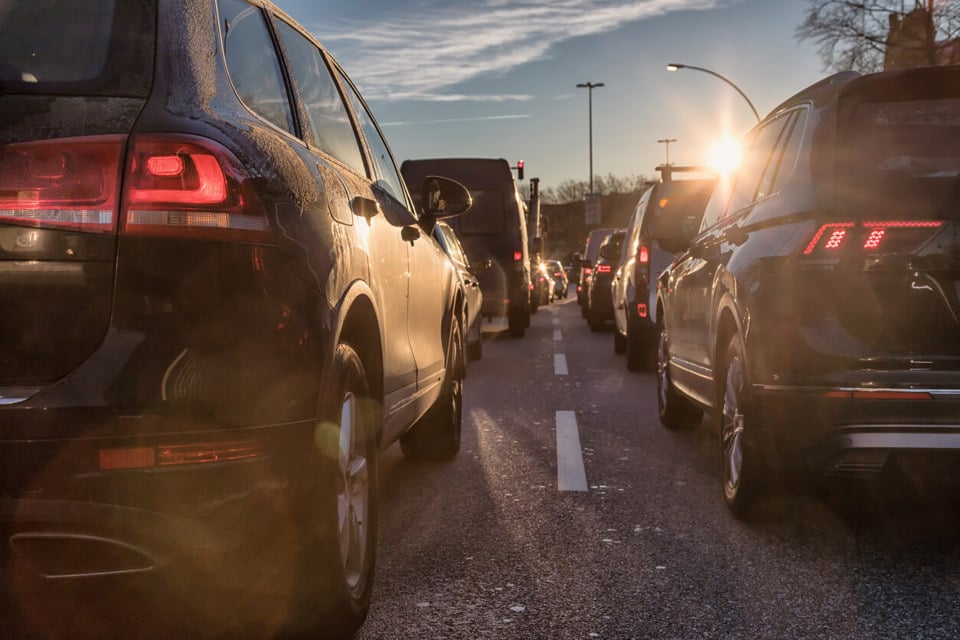Growth in home shopping is continuing to drive van mileages, with light commercial vehicles (LCVs) now covering more miles than they did before the pandemic, new research from the AA suggests.
Vans accounted for 58.7 billion miles in the year to June 2024, up from 57.6 billion in June 2023, and 53.5 billion pre-pandemic - a 1.9% year-on-year rise and an increase of 10.4% on pre-Covid levels.
Vans now cover 18% of all miles driven on roads in the Great Britain.
The number of vans on UK roads has also risen. In the year to June 2024, there were almost 4.8 million registered vans a rise of 600,000 from June 2019, and vans now account for 11% of vehicles.
The increase of van mileage can, in part, be put down to the rise in home delivery services such as Amazon, and lower footfall in high streets, says the AA.
Online sales currently account for just over a quarter of all sales (25.8%).
There has also been a rise in pure electric vans, as logistics and fleet companies look to reduce CO2 from their pool of vehicles.
In 2019 there were just over 8,000 pure electric vans, compared to more than 73,500 in June 2024.
The total number of miles driven in the last year was 332.9 billion which is a rise on the previous year of 1.7% (327.4 billion), but a decrease of 1.2% pre-pandemic (337 billion).
Cars accounted for the most miles at 252.5 billion, but that was down 3.5% on pre-Covid levels. Some of that decrease can be attributed to the rise in home and hybrid working meaning less journeys for workers to and from offices.
There were nearly 34 million cars registered in the year to June 2024 – cars still account for over three-quarters (76%) of miles travelled.
Lorry mileage was down slightly year on year and on levels pre-pandemic.
HGVs drove 17 billion miles in the year to June this year. That compares to 17.1 billion to June 2023 and 17.2 billion to June 2019.
HGVs account for 5% of traffic on the roads.
Jack Cousens, AA head of roads policy, said: “From plumbers to painters, from carpenters to couriers, the van continues to be the workhorse of Britain.
“We have become a nation of sofa shoppers who want the item in our hands the next day or sooner, which has led to a rise in self-employed delivery drivers, and retail companies expanding their fleets.
He added: “There has been much talk about the ZEV mandate for cars, but it also applies to vans.
“Manufacturers are increasing their output of electric LGVs so that more companies can deliver goods and services. This is particularly important in urban areas where the ambition that last mile delivery is as green as possible.”
As a result of the increase in van usage, the AA now offers commercial use cover, which can also cover driving instructors, taxis and minicabs.






















martinwinlow - 23/10/2024 10:03
"There has also been a rise in pure electric vans, as logistics and fleet companies look to reduce CO2 from their pool of vehicles." And nothing *of course*(!) to do with the fact that they cost half as much to operate, then? It is not for no reason that fleet operators are the biggest buyer of EVs!